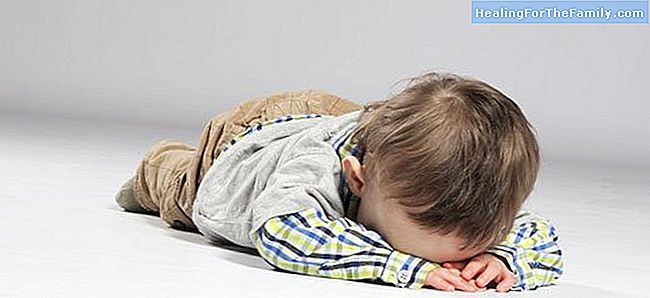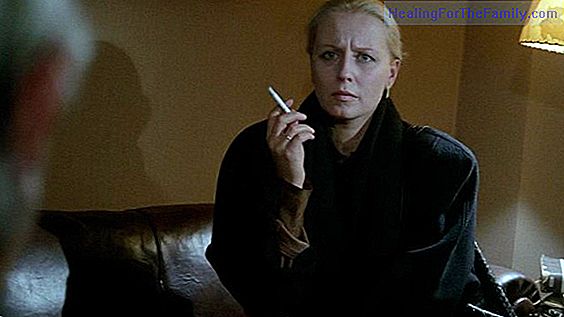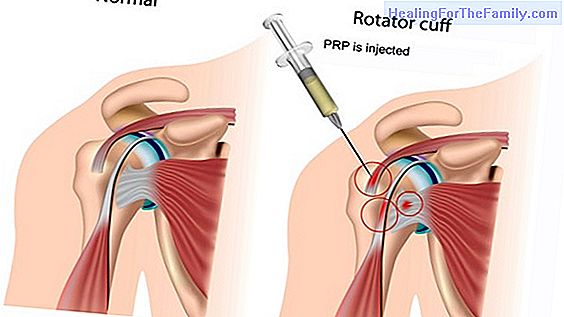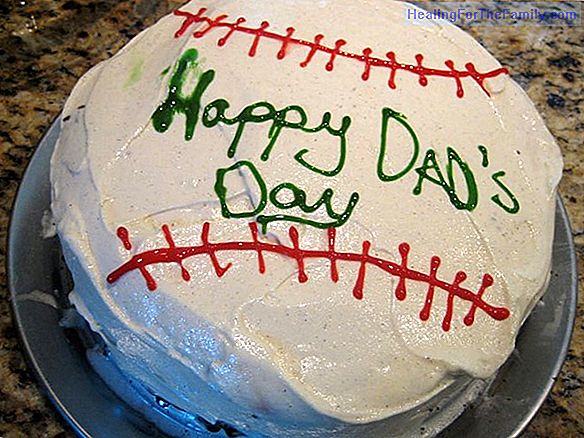The stage of the No in childhood
No! No! No! - That is the answer we receive from our son every time we propose something. But why? What happened? What have we done? Our child behaved so well and made us feel so proud. And, now, suddenly it is opposed. And, besides, have fun! It seems that another phase has begun, is its developmen
No! No! No! - That is the answer we receive from our son every time we propose something. But why? What happened? What have we done? Our child behaved so well and made us feel so proud. And, now, suddenly it is opposed. And, besides, have fun!
It seems that another phase has begun, is its development. The opposition phase. The stage of No.
What is and when does the stage of No appear in children

The stage of No usually manifests itself over 15 months of life. The child begins the search for independence with his interactions, with which he wants to involve both father and mother in their demands. The 'first adolescence' will begin, where the foundations will be established for the adolescence that will come later.
Many people think that they do it because they contradict, to annoy, but what the child really does is to start experimenting with social situations. Causes new situations to see what happens. It's his way of learning.
As he develops independence, he affirms his character. So use the 'NO' for everything. As Descartes could well say when he passed through this period of his childhood: 'I say No, therefore I am'.
The child who uses that 'No' when he really wants to say 'Yes', wants to imply that if he agrees to the requests of his mother or father, it is only because he wants to. It's your training for adolescence. Here are some 'No' very typical of children in this stage:
- The 'No' for anger: You have been playing for an hour in the park with him and now the child does not want to go home. El - The 'No' because it is the custom: you offer him a toy, a chocolate bar or something he likes, but, by inertia, do you know what he answers?
- The 'No' because I am tired: when it can not take any more, it is the word that comes out most easily ... And accompanied by a tantrum.
Although careful: children also use the 'No' when what they mean is 'No'.
Tips to treat a child in this stage
The first advice, and the most important one is that parents have patience and see it with a sense of humor. If children are not allowed to express their emotions they will look for other ways to do it (cry, kick, bite, etc.) or even not express them (emotional damage)
Taking this first advice as a starting point, we should know that we have to find the middle point: neither be too firm, nor too permissive to maintain clear limits:
- Do not punish your child for saying 'No': there are many alternatives to punishment. Also, do not punish the child for what he says.
- Give children more alternatives and options: this way your child will feel that he has more freedom and control of the situation. At the same time he will be more willing to collaborate. For example: choose the clothes you will wear, choose the story you want us to read to you. No - Do not give an option when there is no possibility: Do not ask the child what he wants when there is only one acceptable answer. For example: putting on the seat belt in the car. Instead of giving that 'nonexistent option', try to guide him in a positive way.
- The fewer rules, the better: Excessive rules make it likely that the child can not fulfill them all. Try to make your child feel less controlled and so, see that they give him the autonomy and freedom he seeks in this phase
- Avoid saying 'Do not cry': Avoid the refusal on the part of the adult. If they cry, you have to take care of them, let them know that you are not alone.
This phase of childhood usually lasts up to three years. Stage in which, that 'No' is accompanied by his inseparable friends: 'I alone', 'you do not' and the tantrums. Just as this stage arrives by magic, it goes away. There are no formulas, or tricks to make it disappear.












